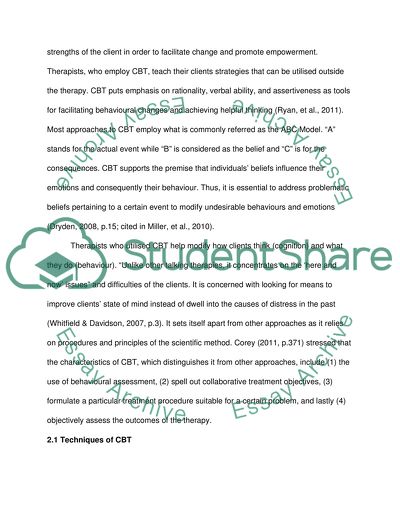Cite this document
(“Analysis and Application of Cognitive-Behavioral Therapy Essay”, n.d.)
Retrieved from https://studentshare.org/psychology/1442006-ychexplore-how-cognitive-behaviour-therapy
Retrieved from https://studentshare.org/psychology/1442006-ychexplore-how-cognitive-behaviour-therapy
(Analysis and Application of Cognitive-Behavioral Therapy Essay)
https://studentshare.org/psychology/1442006-ychexplore-how-cognitive-behaviour-therapy.
https://studentshare.org/psychology/1442006-ychexplore-how-cognitive-behaviour-therapy.
“Analysis and Application of Cognitive-Behavioral Therapy Essay”, n.d. https://studentshare.org/psychology/1442006-ychexplore-how-cognitive-behaviour-therapy.


